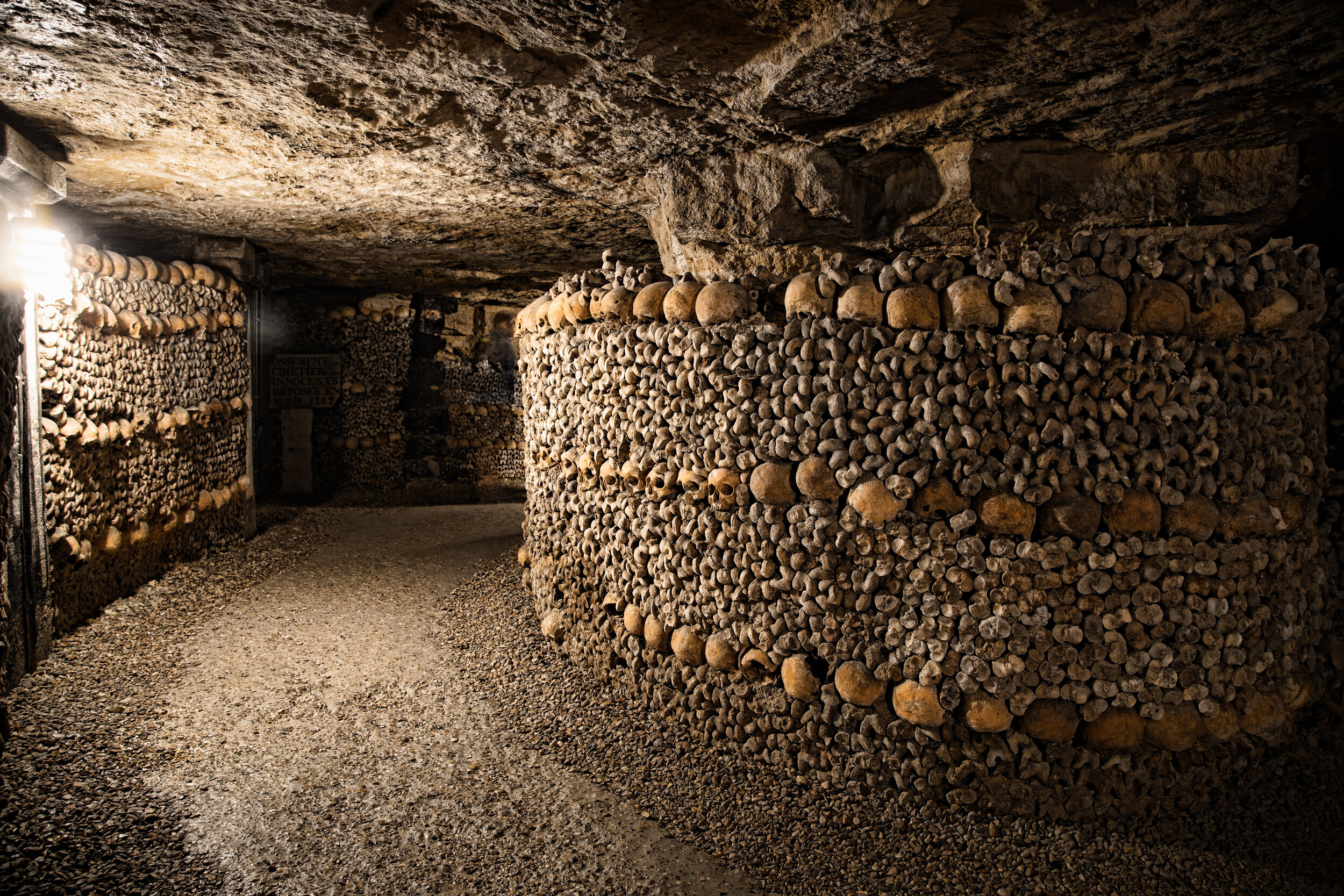As the holidays approach the City of Lights sparkles even more than usual. Beautifully decorated shopping centers and decked out window displays line the streets - but the best part about Christmas time in Paris is the food. Typical meals vary from region to region and many families disregard tradition altogether, but one thing is sure - the French know how to spend the holidays indulging in their national passion for food.
In France, “Le Reveillon de Noel” is celebrated on Christmas Eve. Dating back to the 19th century and rooted in Catholic tradition this late-night feast took place after midnight or whenever people returned home from mass. Today, many families eat earlier in the evening but the classic menu items have more or less remained the same. The reveillon is often a long and elaborate event consisting of several courses being served one after the other with plenty of breaks in between for conversation and drinks. Typically the meal starts with aperitifs, a variety of bite-size amuse-bouches accompanied by champagne or wine followed by the proper sit-down meal (and of course an impressive range of more wine). Gourmet from start to finish, this feast is one of the biggest culinary celebrations of the year.
If you’re curious to know more about classic French Christmas foods, here are seven festive favorites.
Caviar
Seeing as le Reveillon is a truly decadent affair it’s the prime time to splurge on food items reserved for special occasions. To get the party started caviar is served as an aperitif, intended to help line the stomach and wet the palette. While most believe caviar is best simply prepared, it often served on top of small buckwheat pancakes, known as blinis, with a dollop of sour cream.
Oysters
It may seem odd to have seafood at Christmas but the French, especially Parisians, are very fond of slurping up chilled oysters as an appetizer. Maybe these aphrodisiacs help diners get in the mood for more food. Fun fact - around half of all oysters eaten in France are consumed between Christmas and New Year’s.
Foie gras
For ethical and taste reasons foie gras is not everyone’s cup of tea. Nevertheless, it is seen as a special treat that is synonymous with Christmas in France. Rich and buttery in flavor, foie gras pairs well with sweet wine and tends to be served with slices of toast alongside fig or onion confit.
Escargots
Contrary to popular belief snails aren’t eaten as often in France as the stereotype leads us to think. However, during Christmas and particularly in the Burgundy region, escargot is likely to make an appearance. Typically they are enjoyed as an appetizer with a clove of melted garlic and parsley butter sauce.
You can try authentic French food like escargot on one of our Flavors of Paris food tours!
Coquilles Saint Jacques
Another popular seafood starter for the Reveillon feast are scallops. Although there are hundreds of options when it comes to preparing coquilles Saint Jacques, the most classic recipe is made with winter vegetables and cream sauce. For a real flavor blast, scallops are occasionally sautéed with a foie gras sauce.
Roast Turkey or Capon
Similar to other Christmas feasts around the world, roast turkey with a chestnut stuffing is perhaps the most traditional hearty meat dish. You won’t find monster-sized turkeys in France as you do in North America though. Flavors of Paris founder, Lisa Rankin, recounted chatting with a wine-maker in Bordeaux a few years ago. Lisa remembers the vintner telling her about a visit to Canada during Thanksgiving, how astonished she was at the size of the turkey, and how she couldn’t believe it actually fit into the oven!
Capon, or castrated rooster, is also often used as it is extremely tender, juicy and flavorful. Sides can include green beans wrapped in bacon, roasted vegetables and potatoes.
Bûche de Noël
Literally translating to Christmas log, bûche de Noël is the quintessential holiday dessert. This delicious Swiss roll cake is usually chocolate flavored and layered with silky buttercream. Shaped to look like a real wood log some choose to make it more naturalistic by topping the cake with adorable meringue mushrooms, almond-paste holly leaves and snow-like confectioners sugar.
Feeling Inspired?
Check out these recipes to add some French flair to your Christmas meal:











